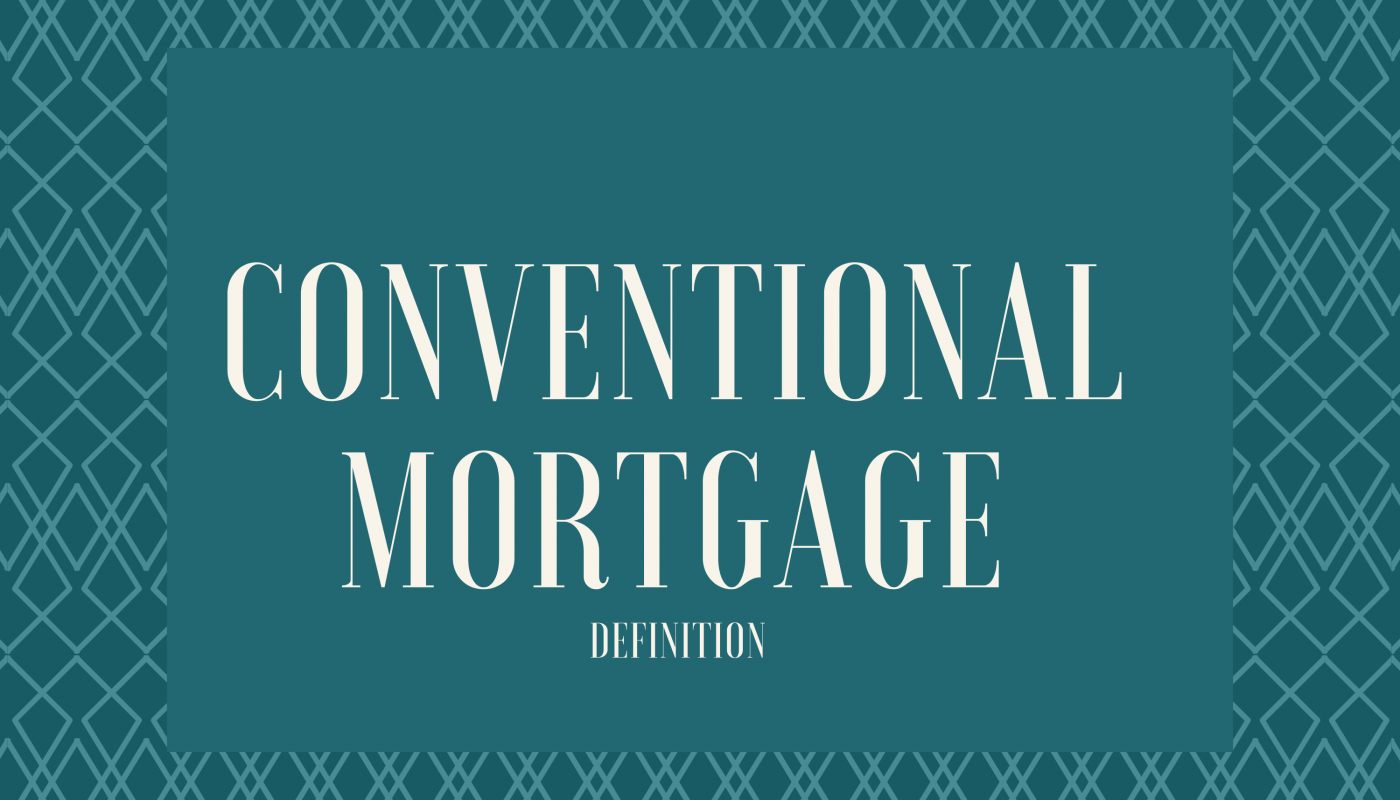
First-time home buyers may consider FHA as an alternative. But if you’re having trouble getting approved for conventional loans, there are alternatives like FHA, VA, and USDA loans. Of course, there are also conventional ones that give you more money for a loan, while you also have the option of refinancing if your financial situation improves. A bridge loan is one of those, it usually comes with a lower interest rate and a shorter repayment period than usual. Which will immediately reduce the profit that you/or would like to achieve with this type of financing.Īs with any loan, there are alternatives. If you have a high level of debt or no equity in your home, you won’t be able to get a good loan rate on the warp.Because they can cause the buyer to end up paying an above-market rate. If the interest rate on the current market value is not high, this type is not so useful.Likewise, if the buyer stops with payments, the seller is forced to pay the mortgage from their own budget or have their credit take a hit.

The original lender can confiscate the property from the current owner, and if the current owner pays the seller properly. If the seller stops paying and defaults on the mortgage.When the interest rate on the market is too high, this way enables the buyer to get complete financing at a lower interest rate for a loan from the seller.This is an attractive opportunity for customers who are unable to get a traditional loan. Another advantage for the seller is that it will help him find a buyer in difficult markets.Wrap gives the seller the opportunity to profit through the difference in interest between the senior and junior loans.The advantage for the buyer is that even if they do not meet the conditions for a loan, this method will lead to the purchase of a home.In order to understand when to use a wrap-around mortgage, let’s go through several pros and cons, and see what wrap-around mortgage risks are. The buyer’s interest is higher than the seller’s, so through the difference in interest, the seller will make a profit through wrap-around financing. The buyer becomes the owner of the property but pays the seller a monthly installment with which the seller pays off his superior mortgage. Both the buyer and the seller sign a mortgage wrap-around agreement. The buyer also does not have all the money, so he made a down payment of $8,000 and borrowed the remaining amount from the seller. Then he finds a buyer for his property for $100,000.

The seller negotiates with the credit institution that approves the wrap-around mortgage. His remaining mortgage is $20,000, with a fixed interest rate of 3.5%. In order to better understand what it is and how it works, here is a simple wrap-around mortgage example: The owner is unable to repay the remaining amount of the loan and therefore wants to sell his property for $100,000. What Is an Example of a Wraparound Mortgage? The uniqueness of this method is that even if the seller is no longer the owner of the property, they will remain on the original mortgage. The buyer will become the owner and will pay with interest to the seller.

In this situation, the seller consolidates the mortgage and gives it to the buyer. The original property owner extends a junior loan to the new property owner, which will serve as a guarantor for all mortgages on that property. More commonly known as a contract of sale or all-inclusive mortgage. The wrap-around loan enables the owner to pay off his original mortgage in this way. Wrap-around mortgage or abbreviated wrap is a unique way of financing. What Is an Example of a Wraparound Mortgage?.


 0 kommentar(er)
0 kommentar(er)
